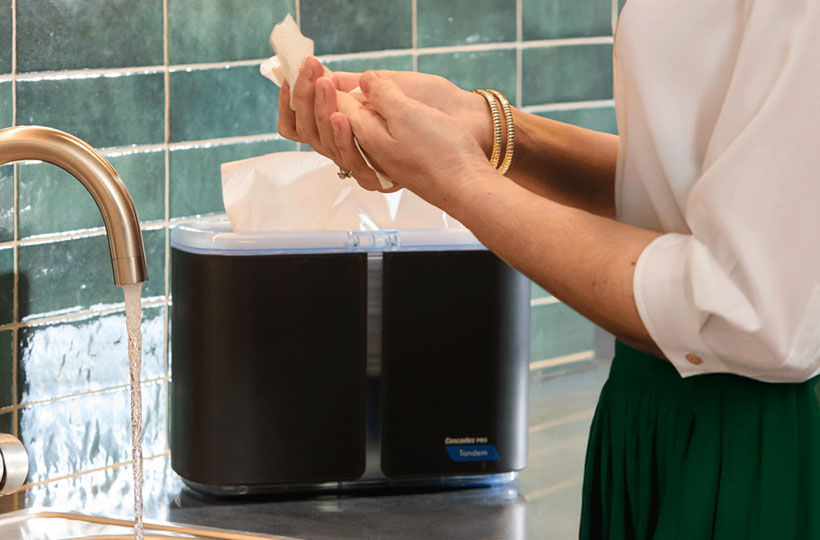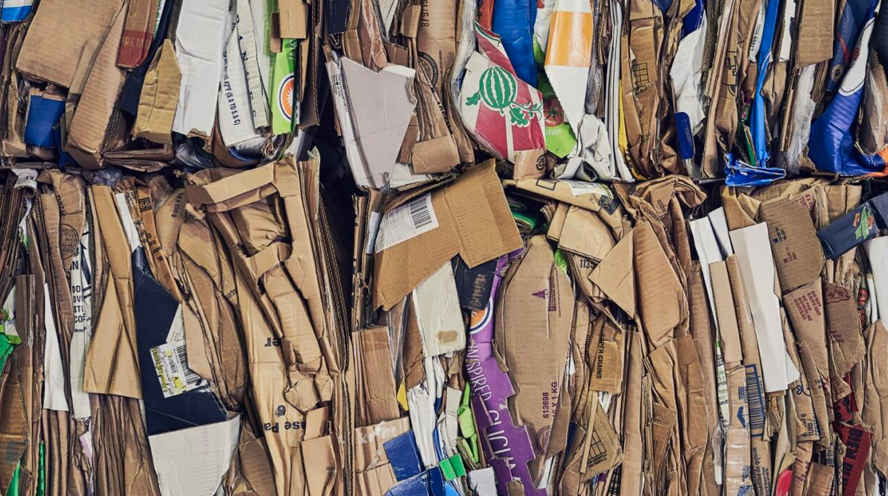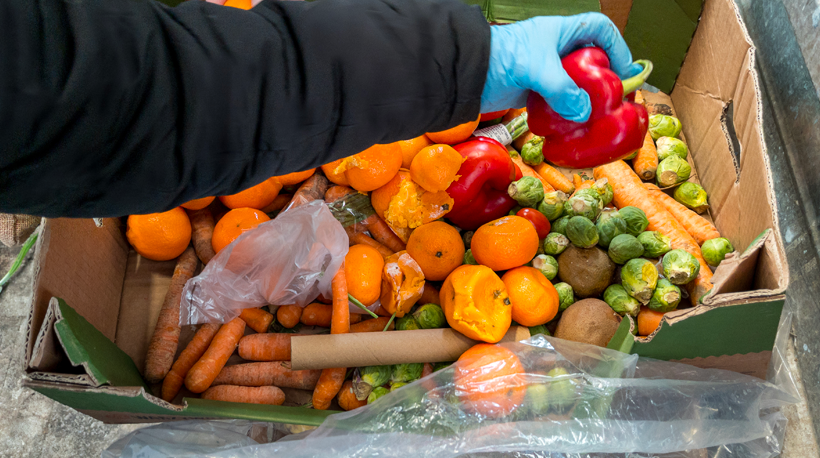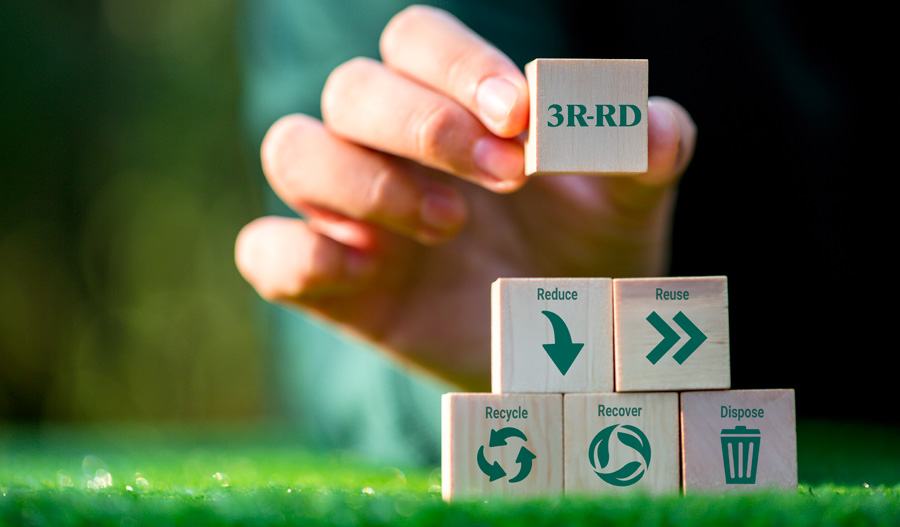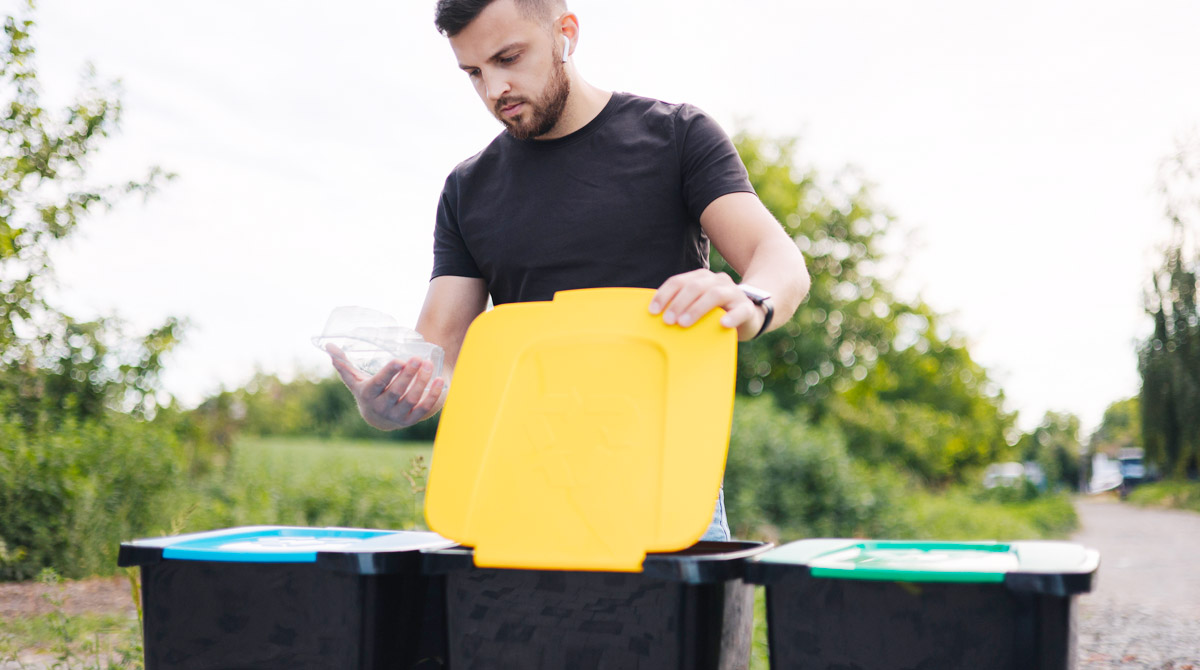![]()
Composting vs Recycling: Understanding Their Differences
Composting is becoming ingrained in the habits of a growing number of people, reminiscent of recycling's gradual adoption some thirty years ago. While composting and recovery have the common advantage of diverting materials from landfills, their processes are quite different.
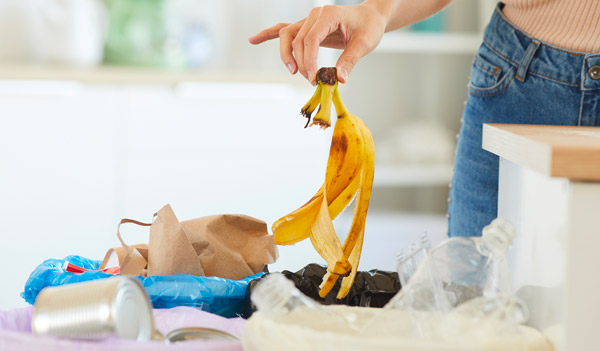
A product's end of life is considered in the early stages of an eco-design process. Composting is a way to recycle tissue hygiene products and food packaging after they are used.
Naturally compostable
While recycling is the result of human intervention, the great masters of composting are microorganisms, such as bacteria and mould. They are naturally activated in the presence of organic waste to ensure its degradation and final transformation into compost.
Compost is the end product of composting. It is rich in humus, a stabilized organic matter beneficial to the soil. For example, it improves its physical-chemical properties and biological activities. Compost also contains essential organic nutrients, such as nitrogen and phosphorus. It also serves as an organic fertilizer which, through the slow release of these nutrients, promotes plant growth.
As a general rule, organic products are the most easily composted: fruits, vegetables, bread, leaves, branches, green waste such as grass, etc.
So, the choice of raw materials is crucial in designing a product we want to be compostable. Some materials fulfill this role naturally, such as cellulose (from wood), natural starch and chitin (from lobster and shrimp shells).
Biodegradable or compostable, a matter of time
Coffee cups, plastic straws, polystyrene coolers, etc. In a way, everything on our planet is biodegradable, but how long does it take? That is the question! Some materials take several hundred years to be broken down by microorganisms.
From the point of view of biodegradability, a proven "compostable" product can be broken down by microorganisms in three or six months at the most. In the presence of oxygen, microorganisms must be able to use the materials as a source of carbon and energy for their metabolic activities and multiply. They must be able to attack them with their enzymes, "little knives" that break the material into fine pieces that can then be ingested in their cells.
This decomposition activity by the microorganisms releases carbon dioxide (CO2), water, new bacteria and heat. This heat is in fact what causes the rise in temperature during an industrial or municipal composting process.
In summary, 90% of the material to be composted must be transformed into CO2 by bacteria in six months, at the most, for it to qualify as compostable according to standard industrial composting standards. So time is a determining factor. A certified compostable product is therefore always biodegradable in a specific time, but a biodegradable product is not necessarily compostable, since its degradation time by microorganisms could be longer than six months.
Cellulose, a material for composting
Tissue hygiene products are made primarily of cellulose, an organic material that is easily biodegradable by the microorganisms present in a composting process. By confirming that these products meet the compostability standard and are free or below the limits of fluorine-based contaminants, we can ensure that hand towels, facial tissues and napkins can be successfully composted.
Compostable or Biodegradable? Q&A with Marie-Hélène

Marie-Hélène Charest
Microbiologist
Cascades R&D Center
The layering of two sheets of paper to make a paper towel may require the addition of glue, unlike the other tissue papers. This chemical additive is used in small amounts, in compliance with the allowable limits of the composting standards, so as not to prevent the product from composting.
The moulded pulp and boxboard used for food packaging is also composed of cellulose and can be composted as well, as they are often food-soiled after use. Such packaging contains additives in negligible amounts, within the allowable limits, or is compostable itself. The thinness of the cardboard used for food packaging is another favourable factor.

For example, egg trays made of molded pulp and pizza boxes are generally compostable within the requirements of the compostability standard. The same applies to cardboard food trays covered with a certified compostable coating solution.
Blue bin, brown bin or garbage bin?
Sometimes both recycling and composting are acceptable options for disposing of a product. If so, how can you differentiate and choose the most environmentally friendly option? Life cycle assessment (LCA) is a science-based process that provides an informed perspective.
The region where the product will end up is a factor: as with recovery, composting facilities and technologies vary from one municipality to another. Domestic, municipal and industrial composting are done at different heat levels, which influences the list of accepted materials. For example, meat is only accepted in industrial composting processes, due to their very high temperatures (50oC for at least 3 days) essential for eliminating insect larvae and pathogenic microorganisms. The low temperature (below 40oC) of home composting does not allow for this “hygienization phase” when the compost contains meat waste.
Some products are less easy to recycle. This is the case with food packaging made from bioplastic, e.g. polylactic acid (PLA).. There are fewer facilities equipped to compost these containers and, what's more, they are often deposited in the recycling bin because their transparency makes them look very much like plastic. They often act as contaminants in sorting centres and are treated as waste.
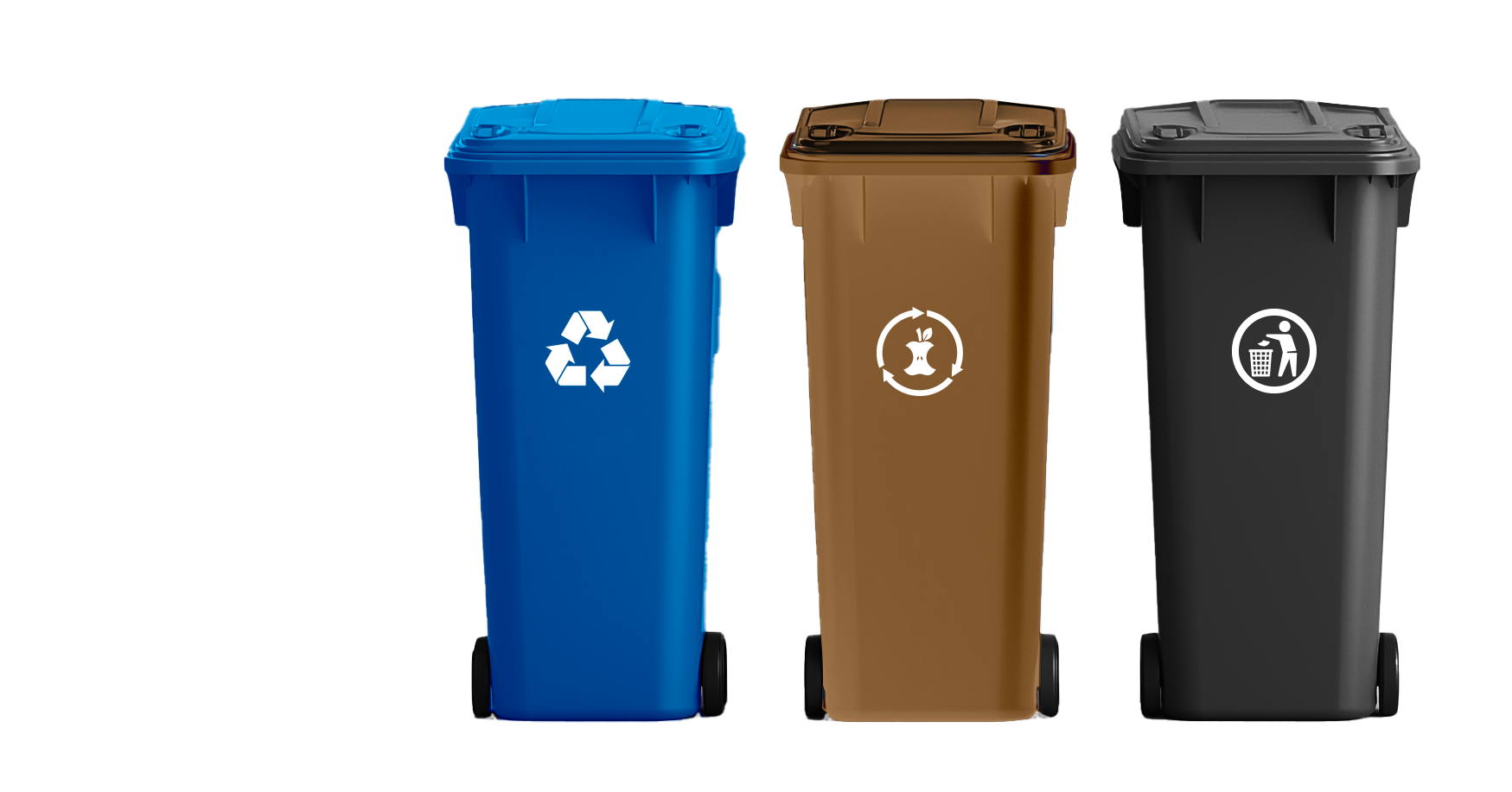
Certifications as signs of commitment
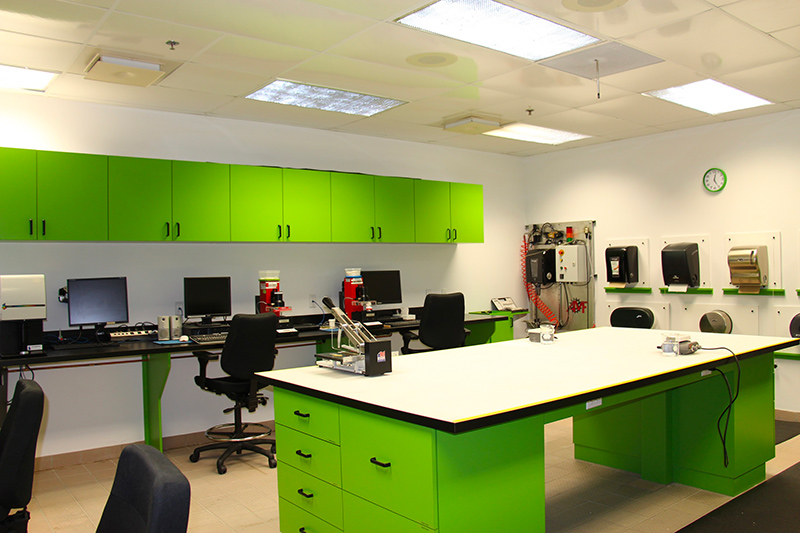

Several laboratory tests must be conducted before confirming that a product is compostable: biodegradation, disintegration, heavy metals, phytotoxicity, etc. Each of these tests has criteria for passing and a time limit to meet them.
The composting certifications serve to distinguish the certified products from the rest. Only these products are allowed to display the official logo of the certification body. Certified products meet rigorous standards, such as those established by the American Society for Testing and Materials (ASTM). They often require significant investments by the manufacturers and companies that obtain them.
The Biodegradable Products Institute (BPI) is one of the most widely recognized American certification bodies in Canada and the United States. The Compost Manufacturing Alliance (CMA) is another American organization that is gaining recognition in the United States. In Canada and Belgium, the recognized certification bodies for compostability are, respectively, the Bureau de normalisation du Québec (BNQ) and TUV Austria.
Standardized labeling systems, such as How2Compost also help identify BPI-certified compostable products. Consumers can see at first glance whether or not this end-of-life option is possible for their product. The label explains how to dispose of the product, by choosing either the compost bin or the recycling bin.
Subject matter experts
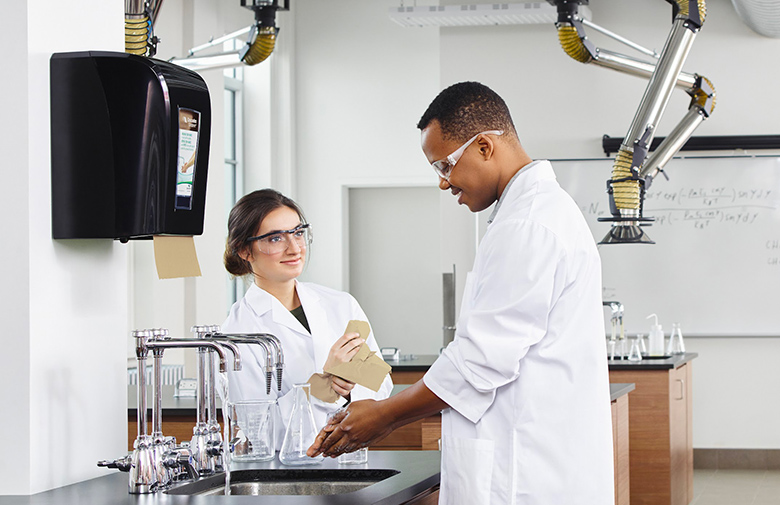
Cascades has a whole host of experts ensuring that its hygiene and packaging solutions are environmentally friendly at the end of their life. Whether they are eco-designed to be compostable or recyclable, Cascades' products are under the scrutiny of its experts, who are constantly improving its recipes and innovating in favour of environmental responsibility. Cascades is committed to ensuring that 100% of the packaging it manufactures will be recyclable, compostable or reusable by 2030.
